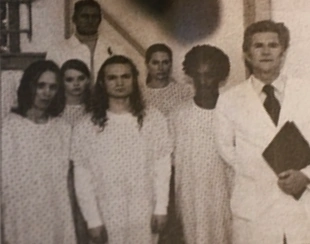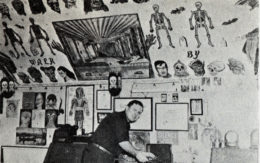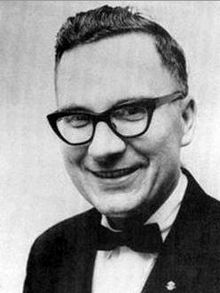 Often, a UFO case can be explained as being a hoax or a misidentification of natural phenomena or a human-made object. During the early history of American UFO research, these were foremost among the possible prosaic explanations that investigators explored. Then, as the Cold War developed and the American public’s trust in in its governing bodies began to erode in the wake of the Kennedy assassination, Vietnam, and the revelation of a secret CIA experimental mind-control program known as MKULTRA, some researchers began to explore another idea. Researchers such as Jacques Vallée and Nick Redfern have offered the suggestion that some UFO reports could be due to a military or intelligence agency conducting psychological warfare experiments, sometimes on it own citizens.
Often, a UFO case can be explained as being a hoax or a misidentification of natural phenomena or a human-made object. During the early history of American UFO research, these were foremost among the possible prosaic explanations that investigators explored. Then, as the Cold War developed and the American public’s trust in in its governing bodies began to erode in the wake of the Kennedy assassination, Vietnam, and the revelation of a secret CIA experimental mind-control program known as MKULTRA, some researchers began to explore another idea. Researchers such as Jacques Vallée and Nick Redfern have offered the suggestion that some UFO reports could be due to a military or intelligence agency conducting psychological warfare experiments, sometimes on it own citizens.
The idea that UFOs could be used for the purpose of psychological warfare or “PSYOPs” goes all the way back to the days of flying saucers. After the December 27, 1949 announcement that Project Grudge, the second incarnation of the Air Force’s UFO investigation after Project Sign, would be ended (the investigation continued in a limited capacity until its revival and eventual renaming as Project Blue Book in 1952) a “final” report was released. Among the conclusions (pages vi and vii) is this: “Planned release of aerial objects coupled with the release of psychological propaganda could case mass hysteria.” There is the recommendation that “the agencies interested in psychological warfare be informed of the results of this study.” Read more
 In the early years of the flying saucer mystery, the U.S. Air Force was the only organization doing any sort of significant investigation. Then, in 1952, a number of private groups were organized and the first citizen investigators went into the field and endeavored to solve the mystery for themselves. The first of these to rise to global attention was the International Flying Saucer Bureau, founded by Albert K. Bender. They put out a quarterly publication called Space Review, and were taken seriously by their fellow enthusiasts. They didn’t last long, however, as Bender put an end to his creation in 1953 after telling his followers he had solved the mystery. He later informed them he’d been visited by three men wearing black suits and homburg hats, who’d threatened him into keeping silent about his discovery. The mythos of the Men in Black entered flying saucer lore and the Bender Mystery became a subject that is still being debated today.
In the early years of the flying saucer mystery, the U.S. Air Force was the only organization doing any sort of significant investigation. Then, in 1952, a number of private groups were organized and the first citizen investigators went into the field and endeavored to solve the mystery for themselves. The first of these to rise to global attention was the International Flying Saucer Bureau, founded by Albert K. Bender. They put out a quarterly publication called Space Review, and were taken seriously by their fellow enthusiasts. They didn’t last long, however, as Bender put an end to his creation in 1953 after telling his followers he had solved the mystery. He later informed them he’d been visited by three men wearing black suits and homburg hats, who’d threatened him into keeping silent about his discovery. The mythos of the Men in Black entered flying saucer lore and the Bender Mystery became a subject that is still being debated today. Albert K. Bender was born on July 16, 1921 in Duryea, Pennsylvania. What the “K” stood for seems to be part of the mystery. He served stateside as a dental technician in the U.S. Army Air Forces from June 8, 1942 to Oct. 7, 1943. He was stationed at Langley Field, Virginia. After his service, he moved to Bridgeport, Connecticut with his mother and stepfather. His mother died shortly thereafter.
Albert K. Bender was born on July 16, 1921 in Duryea, Pennsylvania. What the “K” stood for seems to be part of the mystery. He served stateside as a dental technician in the U.S. Army Air Forces from June 8, 1942 to Oct. 7, 1943. He was stationed at Langley Field, Virginia. After his service, he moved to Bridgeport, Connecticut with his mother and stepfather. His mother died shortly thereafter.